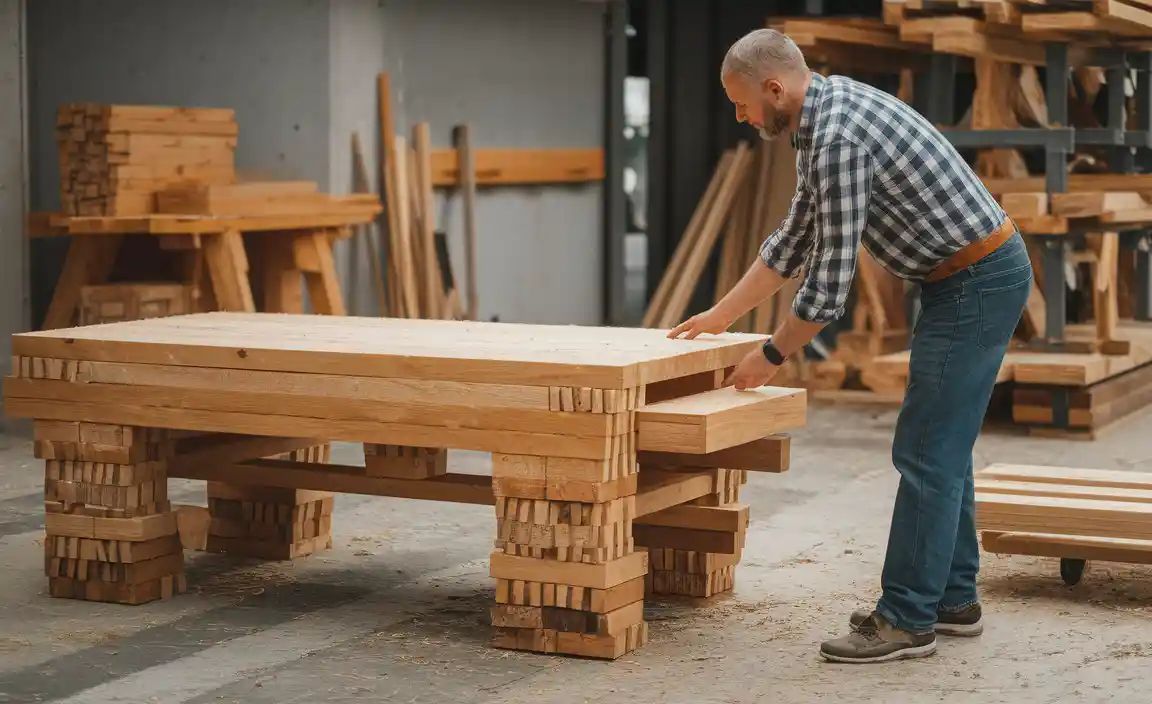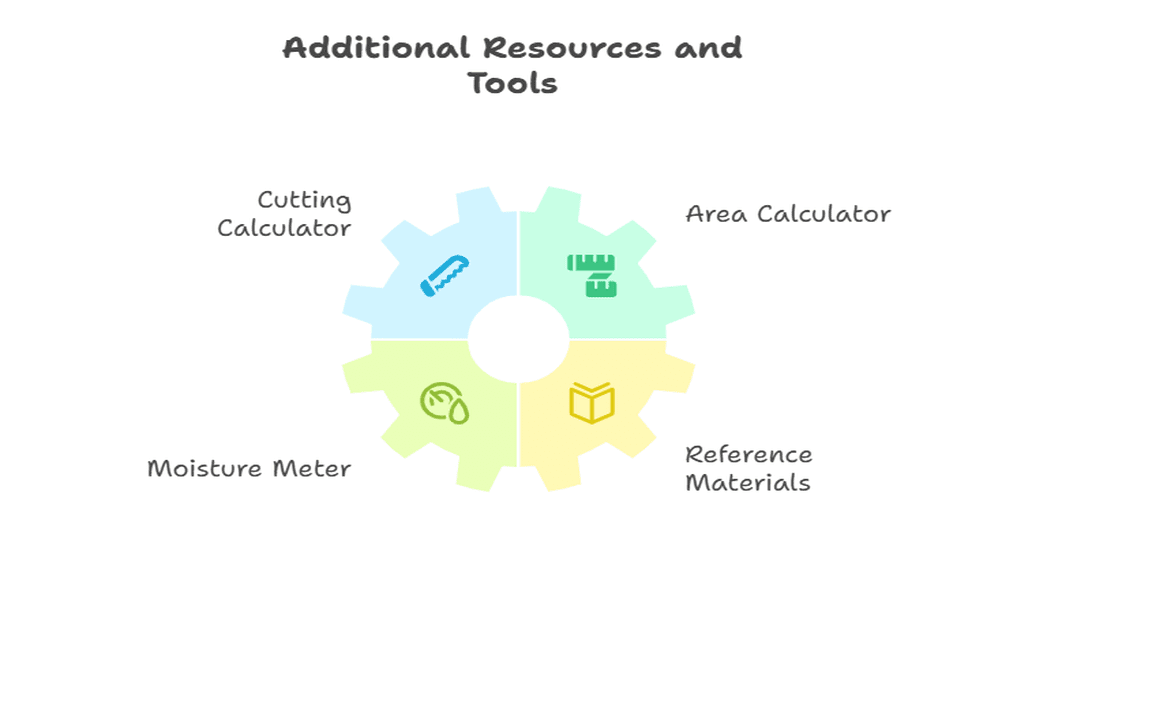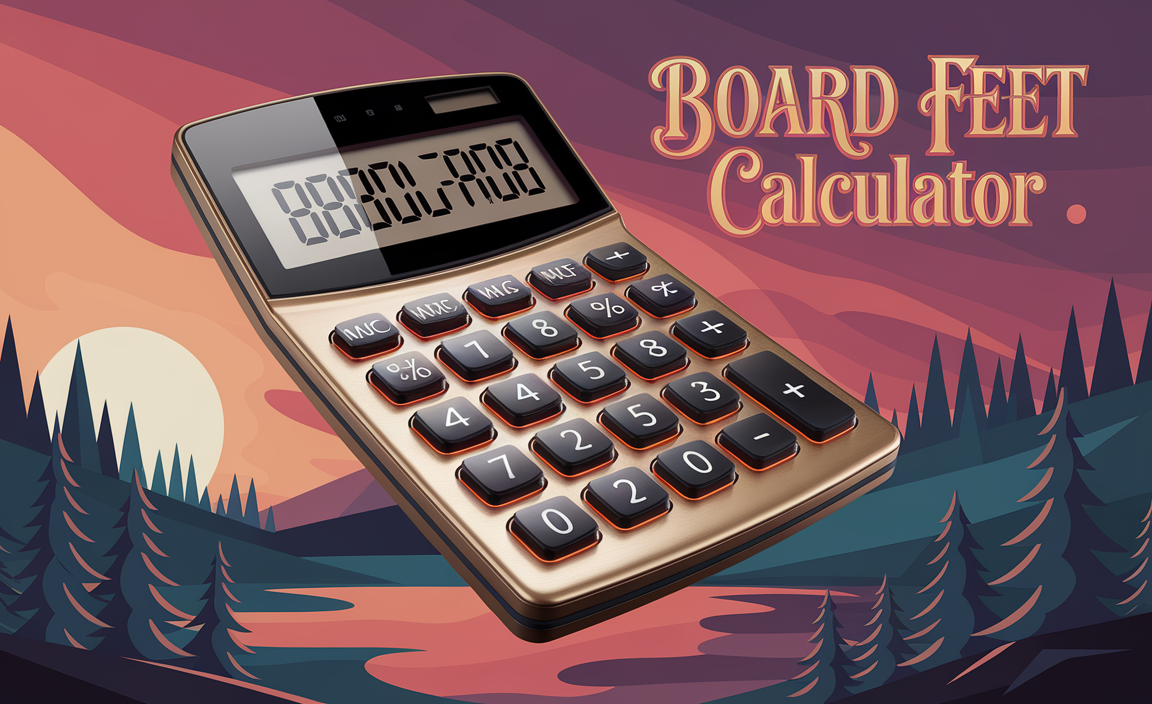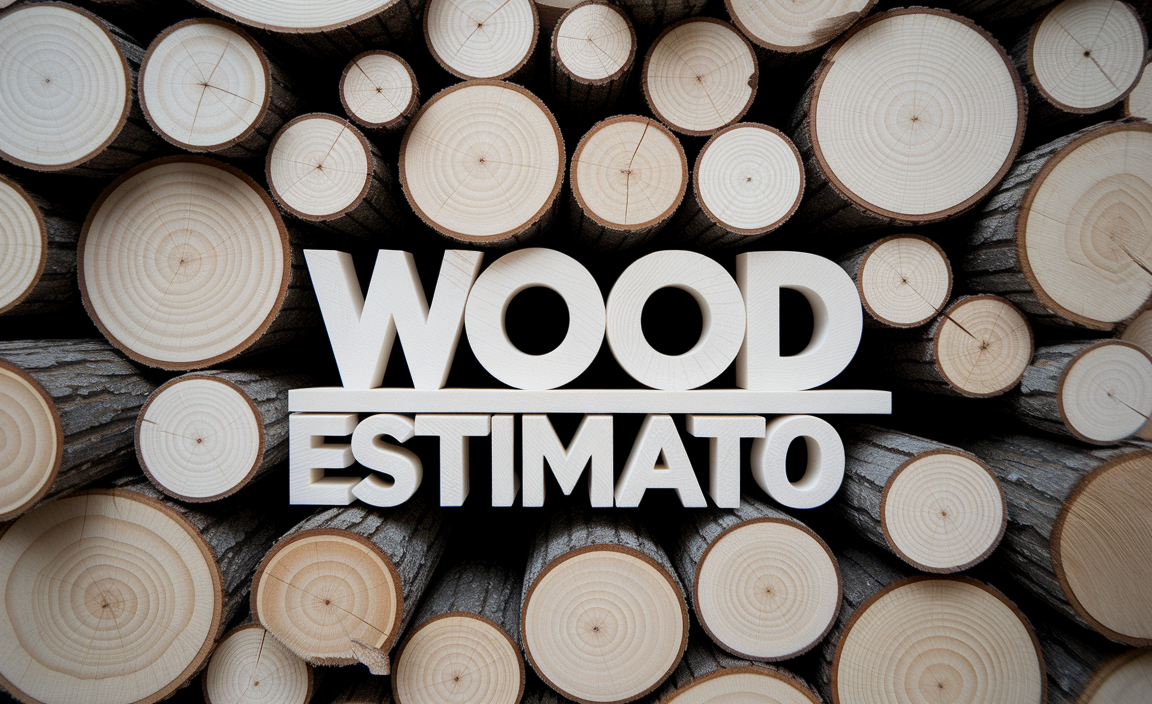If you’ve ever wondered how much your pile of wood weighs, you’re not alone. Knowing the weight of wood helps with countless projects. Imagine building a treehouse or a birdhouse. Every time you use wood, you need to think about its weight.
Enter the wood weight calculator. This handy tool can save you time and guesswork. It takes the type of wood and its dimensions to give you an accurate answer. Isn’t it amazing how numbers can help with creativity?
Did you know that different types of wood weigh different amounts? For example, a dense hardwood like oak is heavier than light pine. This fact surprises many people. But it also means knowing the weight is key before you start any project.
So, how does a wood weight calculator work? And why do you need one? Let’s dive into the world of wood calculations! Every detail matters, whether you’re a DIY enthusiast or a budding carpenter. Your next adventure in woodworking starts with understanding wood weight.

Table of Contents
Wood Weight Calculator: Easily Determine Lumber Weight

A wood weight calculator is a handy tool for anyone working with wood. It helps you find out how much a piece of wood weighs based on its size and type. Did you know that different woods have different densities? For example, oak is heavier than pine! Using this calculator can save you from surprises when lifting or transporting wood. Plus, it’s great for builders and hobbyists alike. Do you know how much your favorite wooden table weighs?
Understanding Wood Density
Definition of wood density and its importance in calculating weight. Factors affecting wood density, including species and moisture content.
Wood density measures how heavy a piece of wood is for its size. It’s important for figuring out how much wood weighs, which is key for many projects. Several factors affect wood density, like the type of tree and how much water is inside it. For instance, a dry pine is lighter than a soaked oak. Curious? Here’s a quick look:
| Wood Type | Density (kg/m³) |
|---|---|
| Pine | 450 |
| Oak | 700 |
| Birch | 660 |
Knowing these facts helps builders and carpenters a lot! They can avoid surprises like “Oops, that plank is heavier than my grandma’s secret fruitcake!”
Calculating Wood Volume

Explanation of different methods to determine the volume of wood. Formula for calculating the volume of various shapes (e.g., cuboid, cylinder).
To find the volume of wood, you can use different shapes. Each shape has its own formula. For example, a cuboid’s formula is length × width × height. For a cylinder, use π × radius² × height. These simple calculations help you know how much wood you have. Knowing the volume can make your projects easier and more fun!
How can I calculate wood volume?
Use the right formulas based on the wood shape. For a cuboid, multiply length, width, and height. For a cylinder, multiply π, the radius squared, and height. These methods make it easy to know your wood volume quickly!
Common Wood Shapes and Formulas
- Cuboid: Length × Width × Height
- Cylinder: π × Radius² × Height
Using the Wood Weight Calculator
Stepbystep guide on how to use an online wood weight calculator. Tips for inputting measurements accurately.
To use an online wood weight calculator, follow these simple steps. First, measure your wood accurately. You need the length, width, and thickness of the wood piece. Next, choose the type of wood from the dropdown menu. Then, enter your measurements in the correct units. Lastly, click on the calculate button. Your results will appear! Remember to double-check your numbers for accuracy.
- Use the correct units (inches or centimeters).
- Measure carefully to avoid mistakes.
- Check the type of wood matches your entry.
How do I know if I’m using the calculator correctly?
Make sure your numbers are precise. Look for clear instructions on the calculator website. If your results seem off, recheck your measurements and wood type.
Common Uses of Wood Weight Calculators

Applications in woodworking, construction, and furniture making. Benefits for lumber suppliers and consumers in pricing and inventory management.
Wood weight calculators are helpful tools for many reasons. In woodworking and construction, these calculators help pros figure out how much wood they need. This ensures they buy the right amount and avoid waste. For furniture makers, knowing the weight of wood can affect design choices, making items strong yet stylish.
Lumber suppliers benefit too! They can price materials accurately and manage inventory better. Nobody wants a pile of wood sitting around like forgotten leftovers. So, let’s keep it rolling and use those calculators!
| Application | Benefit |
|---|---|
| Woodworking | Accurate planning and reduced waste |
| Construction | Efficient material estimation |
| Furniture Making | Better design decisions |
| Lumber Supply | Price accuracy and inventory management |
Error Factors in Calculation
Identification of common mistakes when calculating wood weight. How to avoid inaccuracies in data entry and measurement.
Many people make mistakes when using a Wood Weight Calculator. Data entry mistakes are common. Always double-check numbers. Different types of wood also weigh differently. Measure your wood carefully. Using the wrong size can change the results. Here are a few tips to avoid errors:
- Always use a scale for weight.
- Note the type of wood accurately.
- Check your measurements twice.
- Use a calculator designed for wood.
What are common mistakes in wood weight calculations?
Common mistakes include misreading scales, entering wrong numbers, and not considering wood type.
Additional Resources and Tools

Other calculators and tools useful for woodworkers. Recommended reference materials for understanding wood properties.
Woodworking can be a puzzle, but the right tools make it easier! Besides the wood weight calculator, there are other handy calculators for woodworkers. They can help with cut measurements, area calculations, and even moisture content. Remember, knowing your wood’s properties is crucial. So, grab some reference materials!
| Tool | Use |
|---|---|
| Cutting Calculator | Helps you plan your cuts efficiently. |
| Area Calculator | Figures out the space your project will need. |
| Moisture Meter | Checks the wood’s moisture level. Spoiler: Too much moisture can lead to a soggy situation! |
Exploring these tools can make your project a breeze and save you from scratching your head. You’ll become a woodworking whiz in no time!
Conclusion
In conclusion, a wood weight calculator helps you find out how much wood weighs. It’s useful for projects like building or crafting. Knowing the weight helps you choose the right materials and plan effectively. We encourage you to try using a calculator for your next woodworking project. Explore more online to learn about different types of wood too!
FAQs
How Do You Calculate The Weight Of Different Types Of Wood Based On Their Density And Volume?
To find the weight of wood, you need to know its density and volume. First, measure the volume of the wood in cubic meters. Then, look up the density of the type of wood you have, usually in kilograms per cubic meter. Next, multiply the volume by the density. This will give you the weight of the wood in kilograms.
What Factors Influence The Weight Of Wood, Such As Moisture Content And Species Type?
The weight of wood can change based on a few important things. First, the type of tree it comes from, known as species, affects weight. Some trees, like oak, are heavier than others, like pine. Second, wood can hold water, called moisture content. When wood has more water, it weighs more, and when it’s dry, it weighs less.
Are There Specific Formulas Or Tools Available For Calculating The Weight Of Lumber And Firewood?
Yes, there are tools and formulas to help us calculate the weight of lumber and firewood. For lumber, we can use a simple formula: multiply the volume by the wood’s density. For firewood, we can find charts online that tell us how much different types of wood weigh. We can also use a scale to weigh the wood directly. These methods can help us know how much wood we have!
How Does The Weight Of Treated Wood Compare To Untreated Wood In Weight Calculations?
Treated wood is usually heavier than untreated wood. This is because chemicals are added to treated wood to make it last longer. When we weigh wood, we need to remember that treated wood can add extra weight. So, if you are building something, check if the wood is treated or not for your weight calculations.
What Units Of Measurement Are Typically Used In Wood Weight Calculations, And How Can They Be Converted?
When we measure wood, we usually use pounds (lbs) or kilograms (kg) for weight. To find out how heavy a piece of wood is, we can use a scale. If you want to change pounds to kilograms, you can multiply by 0.45. Or, if you have kilograms and want to find pounds, you can multiply by 2.2. It’s like a little math puzzle!
Resource:
-
Understanding wood density: https://www.wood-database.com/wood-articles/density-of-wood/
-
Moisture content in wood explained: https://extension.psu.edu/understanding-moisture-content-in-wood
-
Guide to wood volume formulas: https://www.engineeringtoolbox.com/volume-wood-d_1668.html
-
Types of hardwood and softwood: https://www.britannica.com/technology/wood-lumber






